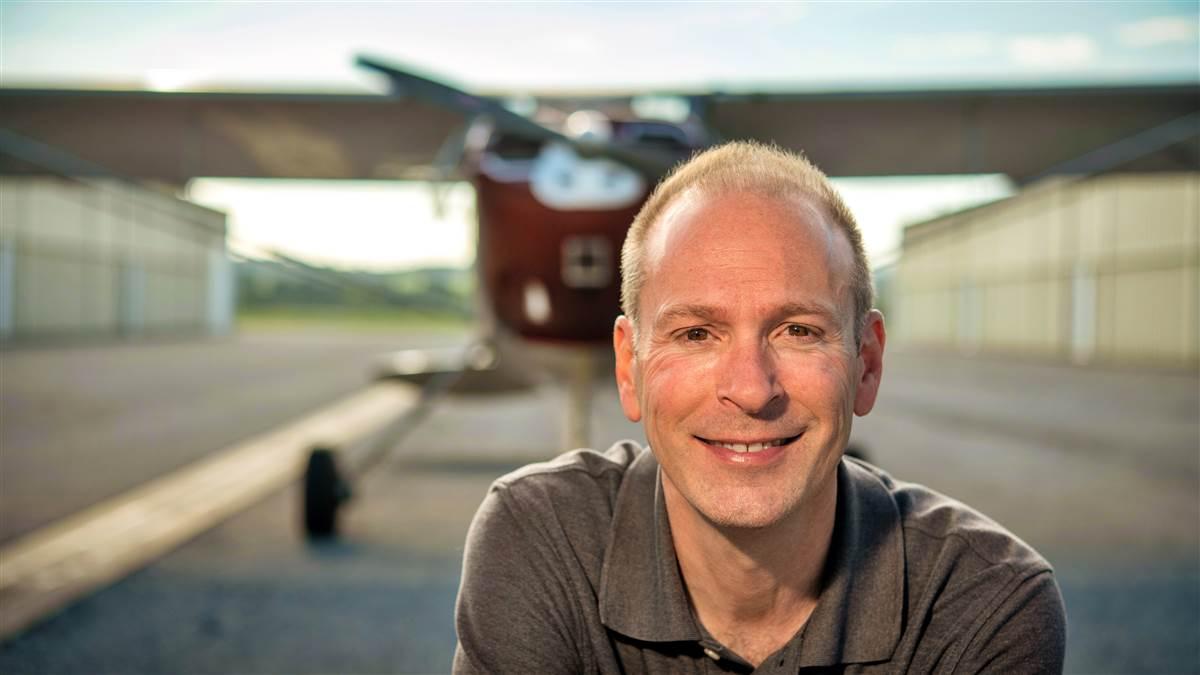Always Learning
Add full power

[email protected]
While I’d say a majority of the go-arounds I perform are the result of another aircraft on the runway or tricky wind conditions while I’m trying to land my taildragger, Michael J. Banner explains many possible reasons for—and the proper techniques to execute—go-arounds in “PAC Mentality,” which begins on page 32.
One situation I see often—and one that is not specifically mentioned in Banner’s article—is landing with a tailwind. At my single-runway airport, a lake breeze often develops in the afternoon, shifting the wind 180 degrees. This quick wind shift catches a lot of transient pilots off guard. I watch as they sail past the midway point of the runway still airborne, the remaining runway quickly disappearing before them and their ability to land safely diminishing with each passing second. Incredibly, most pilots persist with the landing—forcing the airplane onto the runway and braking hard with tires screeching. If it feels like you’re going too fast when the airplane should be flaring and touching down, go around and check the wind. You might be surprised to find that it is different than what the AWOS/ASOS is reporting, or that the airplane you were following in the pattern was landing with a tailwind—but you can choose another runway.
Let me dispense with the notion that everyone on the ground will think less of you as a pilot if you need to go around. In fact, bystanders are often saying “go around, go around” when they see a situation shaping up that could end badly—such as an unstable approach or bounced landing. Fellow pilots like seeing sound judgment and safe flying—and the go-around gives you the opportunity to display it.
I was returning to the airport after a long cross-country trip when it became evident that the winds at 1,000 feet agl were stronger than forecast and I would have a tailwind on the base leg. I flew a wider downwind than normal, as I knew I could get blown past the runway’s extended centerline during my base-to-final turn. Even with that advance planning, I was shocked at how far I was blown past final. Up came the power and around I went. The next pattern I flew was so wide I felt like I was in the next county, but that’s what it took on that day—and the extra approach allowed me to land safely and without stress.
Go-arounds also can occur at towered airports. During my checkout in an RV–12, which I described in “Always Learning: Checking Out” (September 2019 Flight Training), I had to execute three go-arounds in a row before I was finally able to land. The first was my fault—too high on final in that slick little bird. The second was because of an aircraft on the runway. The third—who knows, but when the tower instructs you to go around, be prepared to execute promptly and don’t get hung up on the reasons why.
Recently, a friend, Josh, asked for a flight in my Cessna 140 to see how it differs from the Legend Cub he flies. Approaching the airport for landing, we found ourselves behind his father in the Cub working with an instructor to finish his tailwheel endorsement. I slowed down to match the Cub’s speed on downwind and also extended my turn to base to give the Cub more time to land. As I called final, the Cub had just touched down on the runway. As we were on a half-mile final the Cub was approaching the taxiway. On our short final, the Cub had turned onto the taxiway, but its tail was still not clear of the runway—it was time to go around. Because I could see a situation developing that was ripe for a go-around—and to make the transition to a climb easier—I did not add any flaps during the approach (you do practice landing without flaps, right?). Josh commented that the runway “belonged” to his father until he exited—no matter how slowly he decided to taxi to keep his aircraft under control. And, Josh was absolutely correct.
The humble go-around. Such an easy option to choose if safety is ever in question—let’s do them more often!



